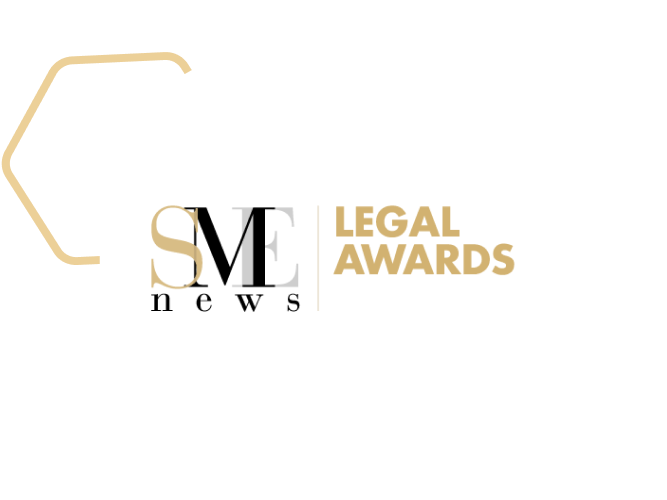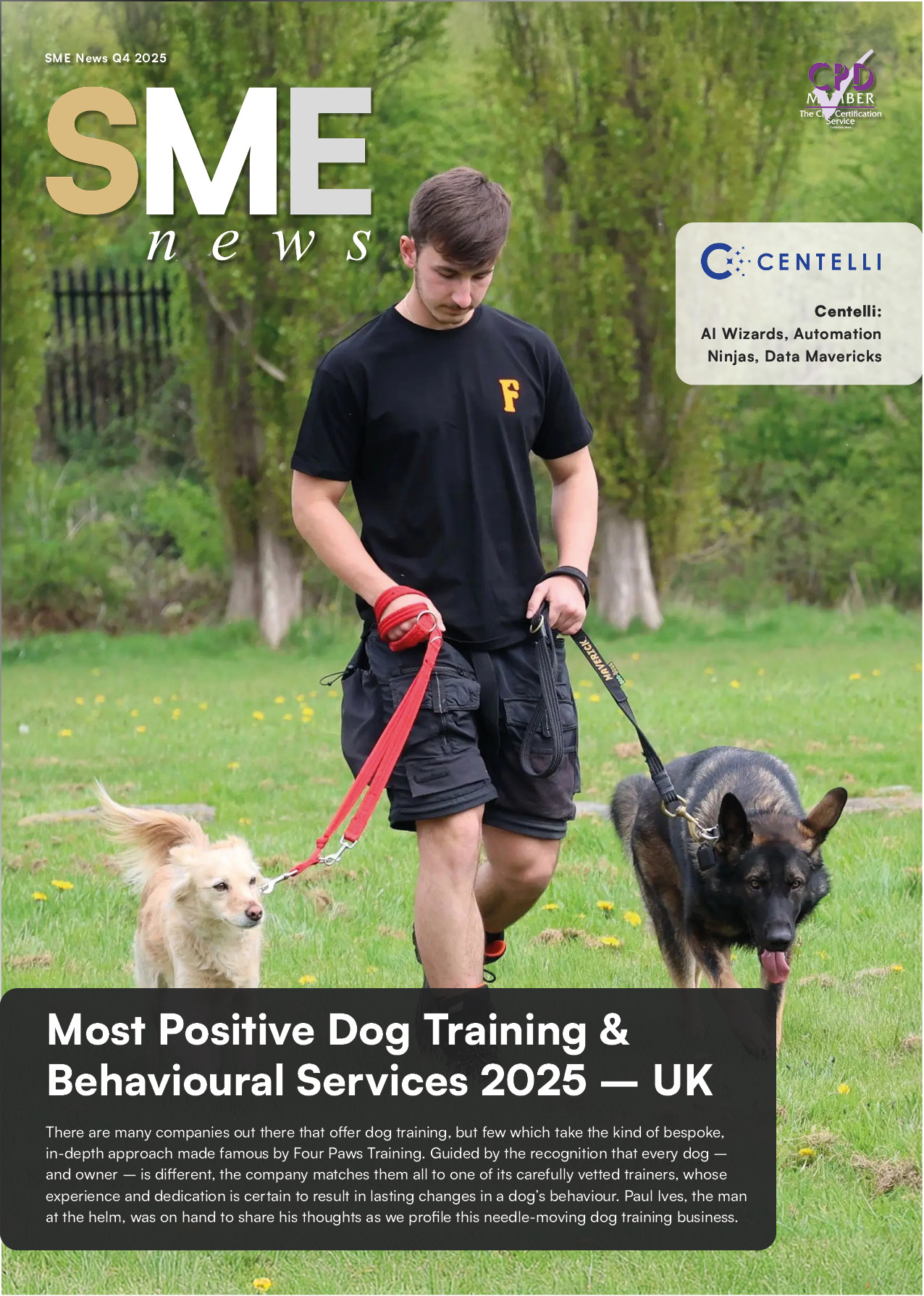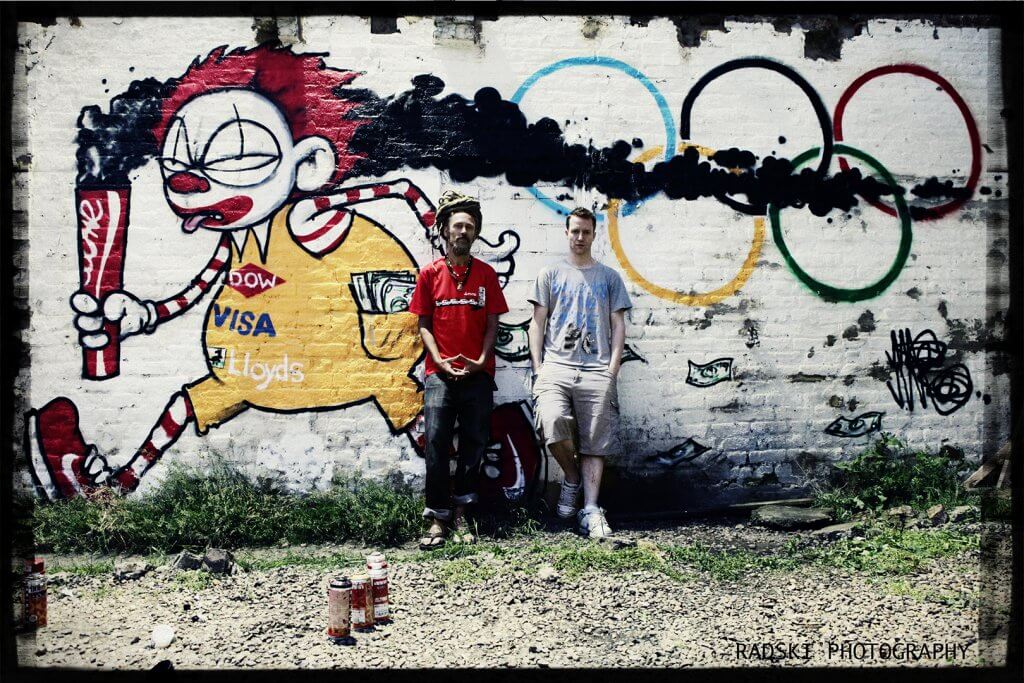
Businesses across all sectors and specialisms are growing increasingly concerned about the rising threat of cybercrime and data breaches. Not only are cyber attacks becoming more sophisticated, but they can have devastating consequences, leaving businesses’ valuable data, assets, and reputations in tatters (depending on attack severity).
Cyber security is a high priority for businesses everywhere, where a mixture of tools, best practices and improved awareness and oversight all combine to reinforce their infrastructure, minimise their attack surface, and reduce their threat exposure. One of the most simple and effective tools to enhance business security is Multi-Factor Authentication (MFA), sometimes known as Two-Factor Authentication (2FA).
This additional security measure can drastically reduce the chances of a severe data breach occurring and make an organisation’s infrastructure much more resilient. Let’s take a closer look at MFA, its benefits, how to implement it and where.
An Overview of MFA
MFA involves verifying a user’s identity by requiring two or more forms of authentication before they are granted access to a system, file, or data. This typically involves combining a standard username and password combination when logging in, along with an additional requirement.
This can involve the following:
- One-time passwords (OTPs) on top of your primary password
- PIN codes sent to your smartphone or third-party authenticator app
- Answers to security questions
- A security token or card
- Biometrics like fingerprints or voice recognition
These factors ensure that even if your username or password is compromised, a malicious actor is unlikely to gain unauthorised access to the system, file, or data they’re trying to obtain. Statistically, Google claimed that MFA helped to block up to 100% of automated bots, 66% of targeted attacks, and up to 99% of bulk phishing attacks.
MFA is often deployed as a primary layer of security for shared logins among users in a business, particularly if they work remotely. Smaller businesses may find that this works sufficiently to safeguard their assets, but MFA is most effective when deployed alongside enterprise-grade security solutions like private cloud infrastructure, stringent access control measures, managed detection and response (MDR) solutions, and regular off-site data backups, among others.
That said, on its own merits, MFA is tremendously effective at reducing opportunistic cybercrime.
The Benefits of Implementing MFA
- Enhanced security: MFA can deter unauthorised access from anyone who may be attempting to execute phishing, malware or ransomware attacks. Even if a cybercriminal were to obtain a user’s login credentials, they would still be unable to gain access without approved verification details.
- Protection against data breaches: MFA helps safeguard sensitive business data, including customer information, financial records, and intellectual property. This data can be kept secure and safe knowing that no unauthorised users will be able to gain access and potentially steal it or hold the company to ransom.
- Compliance with regulatory standards: Many industries have specific data protection regulations, such as GDPR and HIPAA. Implementing MFA can help businesses demonstrate compliance with these standards and avoid costly fines and penalties.
- Increased customer trust: Customers increasingly value businesses that prioritise data security and integrity. Adopting MFA reassures customers that their data remains in safe hands, and by extension, the business earns a more positive reputation for upholding proper data protection.
- Cost-effective: Deploying MFA may require an initial upfront investment, depending on the chosen solution, but it can be highly cost-effective in the long run. Preventing data breaches and reducing the need for costly incident response and disaster recovery efforts, MFA can actually save businesses large amounts of money.
A 2023 LastPass survey found that the likelihood of using MFA increases with organisation size, where 87% of companies with 10,000+ employees use MFA. Alarmingly, as business size decreases, the rate of usage drops, with only 27% of surveyed SMEs using MFA.
Types of MFA
MFA comes in several forms, each with its distinct characteristics.
Two-factor authentication (2FA) is the most common form of MFA, requesting users to provide two different forms of ID verification, such as an email link and a code sent to their smartphone’s authenticator app. Three-factor authentication (3FA) builds upon 2FA by requesting an additional form of verification, such as a security token, which is ideal for highly sensitive or confidential data protection.
Time-based One-Time Passwords (TOTP) generate a unique code that’s valid for a limited time (sometimes 30 seconds to 2 minutes) before that code then changes. This code is usually accessible by a third-party authenticator app.
Other forms of MFA include push notifications which are sent to the user’s smartphone or other device, prompting them to approve or reject the timestamped login attempt. Physical hardware tokens are also used as valid forms of MFA, with unique codes used in conjunction with a password and other credentials.
When a user does not adequately pass MFA checks, it will reject the request for login, marking the verification check as ‘failed’. Webmasters and site owners will need to ensure that any validation and verification requests are promptly addressed, whether that comes during an attempt to access a browser-based login or a built-in tool like Google Search Console for sites or subdomains.
Best Practices for Implementing MFA
To ensure the effectiveness of your business’ MFA solution, consider the following steps to ensure your investment is worthwhile.
- Select an MFA method that is appropriate for your organisation’s needs, team size, and the sensitivity of your data.
- Provide comprehensive training to all employees on how to use your chosen MFA method, the steps they need to take, and the importance of strong password hygiene.
- Consider bolstering your efforts by deploying unique password policies, where passwords cannot be shared across logins, which will also reduce the chances of unauthorised access.
- Consider using a solution that not only implements MFA across your browser-based logins and files, but also generates strong, unique passwords for each user’s login. The Workplace Password Malpractice Report shows that 57% of people write down passwords on sticky notes, with 67% of them admitting to losing these notes, thus increasing the risk of unauthorised access.
- Enforce stricter MFA for high-risk files and systems, such as those with strict administrative privileges or those that hold particularly sensitive data.
- Deploy additional security measures such as firewalls, intrusion detection systems, regular system patching and virtual private networks (VPNs).
- Conduct regular security audits to assess the performance and effectiveness of your MFA solution. Consult with staff about any issues they are having and adjust from there.
- Regularly review logs and usage data to identify any security issues or areas for improvement across your estate.
Staying Ahead with MFA
Nowadays, businesses can ill afford to overlook their systems and data security. They must take proactive steps to protect their data and assets from the growing threat of cybercrime, which is evolving with each passing day. Businesses must remain abreast of new changes and discovered vulnerabilities in their estates, using MFA as a valuable asset in their security strategy.
Remember, when securing your business and customer data, it’s always preferable to be safe than sorry. Prevention is better than reaction, so deploy MFA if you haven’t already and reduce the risk of unwarranted access to your systems, and reinforce it with the security it needs so you can continue growing and scaling your business with complete confidence.







